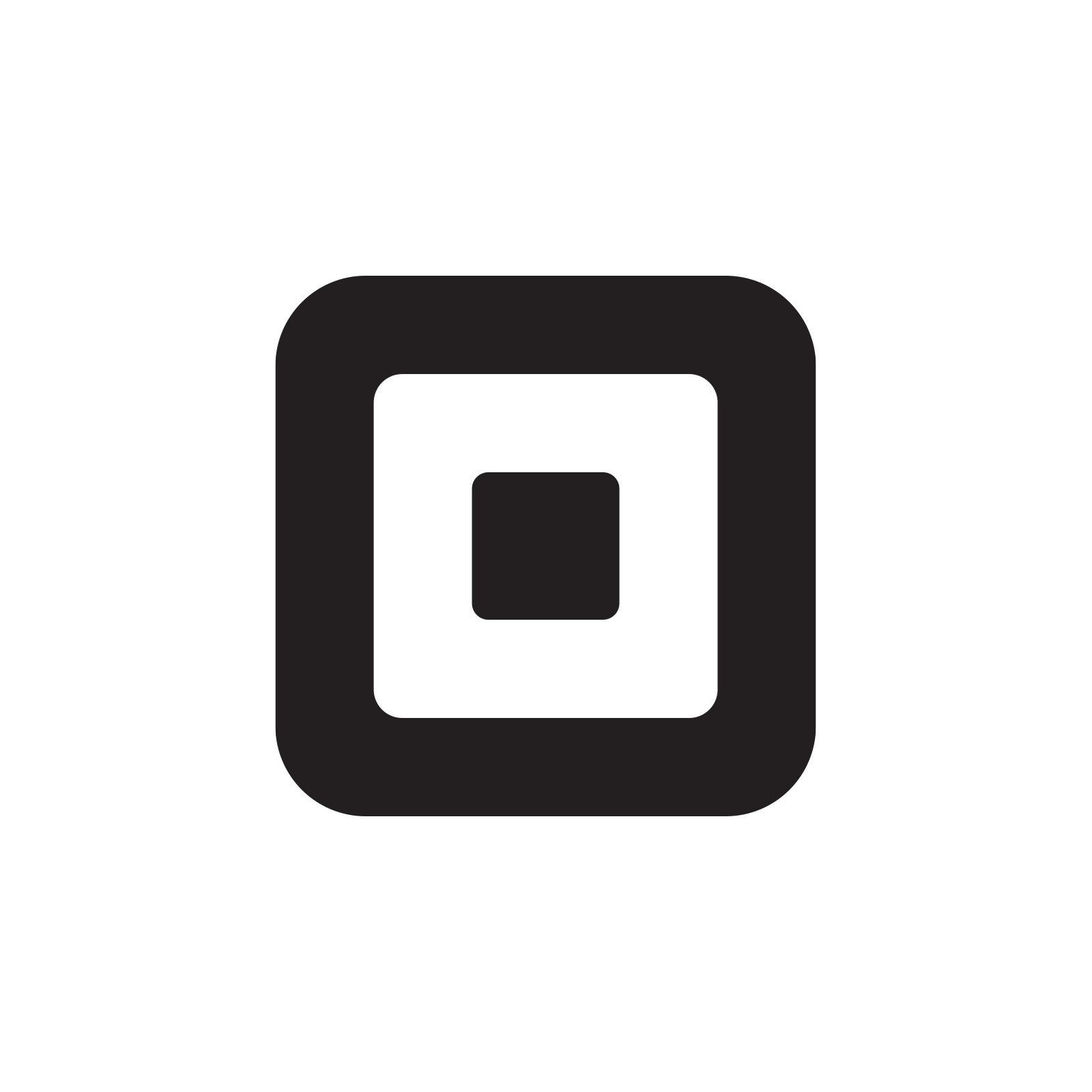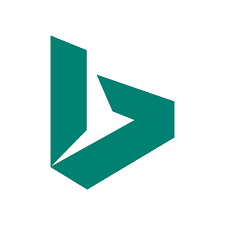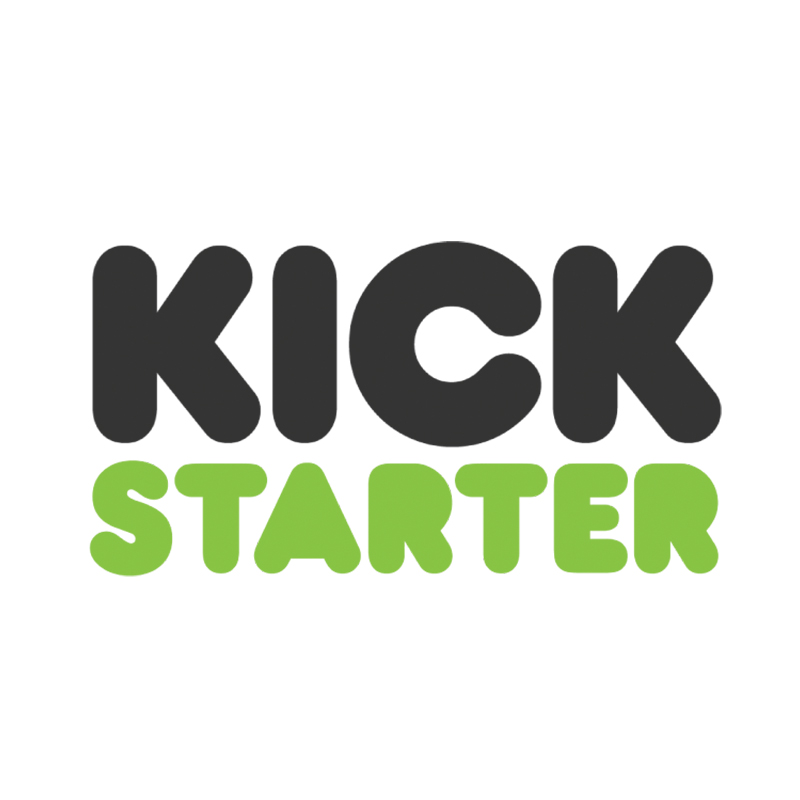I Built A Motorcycle Brand Earning $2.8M/Year [Featured In The New York Times]
Hello! Who are you and what business did you start?
My name is Richard Worsham and I am a co-founder and lead designer at Janus Motorcycles, a motorcycle manufacturer building handmade, classically styled, lightweight motorcycles in northern Indiana. Janus is the ancient Roman god with two faces who simultaneously looks to both the past and the future. As the god of doorways and journeys, we thought this timelessness perfectly represented our classic motorcycles and manufacturing ethos. Janus Motorcycles focuses on building a line of simple motorcycles using traditional design, materials, and craftsmanship. We have produced our flagship model, the Halcyon, in various configurations for almost 9 years and just launched our latest iteration, the Halcyon 450 Motorcycle, this spring.
Our customers range from experienced riders looking for a lighter motorcycle to add to their garage, to new riders who have fallen in love with the classic styling of our model line. The typical Janus is distinguished from other production motorcycles by its comparative lightweight, ease of operation, distinctive...

Download the report and join our email newsletter packed with business ideas and money-making opportunities, backed by real-life case studies.

Download the report and join our email newsletter packed with business ideas and money-making opportunities, backed by real-life case studies.

Download the report and join our email newsletter packed with business ideas and money-making opportunities, backed by real-life case studies.

Download the report and join our email newsletter packed with business ideas and money-making opportunities, backed by real-life case studies.

Download the report and join our email newsletter packed with business ideas and money-making opportunities, backed by real-life case studies.

Download the report and join our email newsletter packed with business ideas and money-making opportunities, backed by real-life case studies.

Download the report and join our email newsletter packed with business ideas and money-making opportunities, backed by real-life case studies.

Download the report and join our email newsletter packed with business ideas and money-making opportunities, backed by real-life case studies.








































